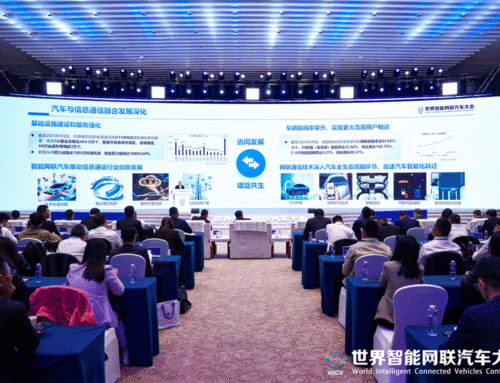According to the National Railway Administration (NRA) on February 10, 2025, the agency has organized the completion and release of the TB 10130—2024 Technical Specification for Prefabricated Railway Buildings and Structures (hereinafter referred to as the “Specifications”). This new standard is expected to make railway housing construction as convenient as “building with blocks” in the future.
Li Hui, Deputy President of the First Survey and Design Institute of China Railway and a lead drafter of the standard, explained that existing national standards, such as GB/T 51231—2016 Technical Standard for Assembled Building with Concrete Structure, do not fully address the unique characteristics of railway housing, including their small-scale, scattered distribution, lack of supporting infrastructure, diverse building types, and high safety requirements. The Specifications are designed to resolve these challenges by clearly defining the construction model for prefabricated railway buildings, establishing architectural design standards based on integrated planning and building integration, specifying structural systems applicable to various types of railway buildings and platform canopies, and introducing safety protection designs tailored to the construction needs of railway operational lines. It comprehensively covers technical requirements across system design, production and transportation, installation, and quality acceptance, contributing to the enhancement of China’s railway engineering construction standards and ensuring that standards play a strong supporting role in railway construction.
The Specifications introduce innovative concepts such as technical planning, building integration, and standardized design methods to facilitate the management and operation of prefabricated railway buildings while maximizing the benefits of large-scale engineering projects. It also proposes a construction model that leverages railway beam fabrication yards and track vehicles for the production, transportation, and storage of prefabricated components. Additionally, the Specifications align with the characteristics of railway construction projects by providing guidelines for selecting structural systems and engineering design requirements for prefabricated railway buildings and structures.
“Since railway projects are often located far from urban areas and lack mature industrialized support facilities, and given the variety of railway residential and operational buildings, it is crucial to fully utilize the advantages of prefabricated construction. In practical projects, special attention should be given to the Specifications‘ provisions on early-stage technical planning, integration of railway corridor buildings, site-wide integrated planning, standardized and coordinated design, construction models, and quality management,” Li Hui emphasized.




